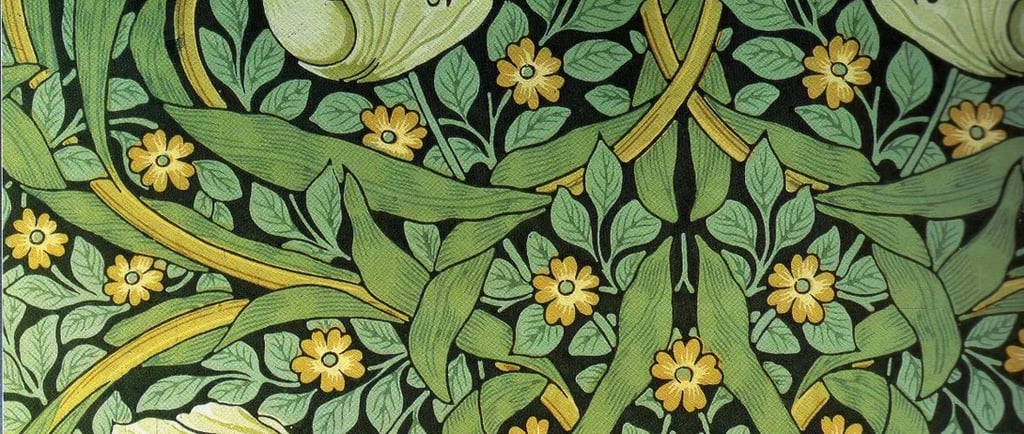🟩⚠️Vibrant but Venomous✨ ☠️Scheele’s Green🌿
A follow-up story from the chapter "Color" in the Art Album. 🌈 Stories About Colors takes children on a vivid journey through history to explore how colors have shaped and connected cultures around the world. 🌍🎨 From the cave art of early humans to the vibrant pigments traded along the Silk Roads for thousands of years 🌊, each color holds its own story of discovery, symbolism, and meaning. Children will uncover how natural elements like minerals, plants 🌿, and even animals 🐦 contributed to the palettes of early artists, linking art with the environment. This exploration invites children to see colors not only as materials on their art shelves 🎨 but as a bridge to the world around them and the history of human creativity. They’ll be inspired to ask, “Where did this color come from?” and “How was it discovered?” — sparking curiosity about the hidden stories within each hue they encounter.
ART STORIES
12/10/20242 min read


Have you ever decorated your room with something you thought was pretty—like bright wallpaper, soft curtains, or colorful art? 🌟 Now imagine if one of those decorations wasn’t just pretty, but also...dangerous. That’s the story of a beautiful color that caused both delight and disaster over 200 years ago. 🌿✨
In the late 1700s, a Swedish chemist named Carl Wilhelm Scheele was experimenting in his lab.Chemists back then were like detectives of nature, always curious to uncover new secrets. One day, Scheele stumbled upon something extraordinary—a green pigment unlike any other. It was fresh, bright, and vibrant, a color that seemed to capture the liveliness of a spring meadow. 🌱💚 Before this, greens were often dull or faded, but this new hue, named Scheele’s Green, dazzled everyone who saw it.
Imagine living in a bustling city with no parks or forests around. Scheele’s Green became the perfect solution for painters, decorators, and even fashion designers. People adorned their walls with wallpapers, furniture, and toys with it. Beautiful green dresses and ribbons became the height of fashion. 🌟👗 Even book covers were adorned with this brilliant shade of green. It was a color that truly felt alive!
But, as it turned out, this lively color came with a deadly secret. One of its key ingredients was arsenic, —a substance that, while useful for creating the green pigment, is extremely toxic. ☠️ When used in wallpaper or paint, the color wasn’t just beautiful—it was dangerous. Damp or warm conditions would cause the pigment to release arsenic fumes into the air. People living in rooms painted with Scheele’s Green or owned something dyed with this pigment started to suffer strange symptoms: headaches, dizziness, and mysterious illnesses that wouldn’t go away. Some even died. 😟
One of the most famous victims of Scheele’s Green might have been Napoleon Bonaparte. After being exiled to the island of Saint Helena, Napoleon lived in rooms decorated with this green pigment. Many historians believe that the toxic fumes contributed to his declining health and eventual death. 🏝️👑
As people began to realize the connection between the green pigment and the illnesses, scientists stepped in to investigate. They discovered the harmful effects of arsenic, and eventually, Scheele’s Green was banned. Today, we have safer alternatives, but the story of this deadly color reminds us to always think about what things are made of—and how they affect us and the world around us. 🌍✨
💭 I Wonder... 💭If arsenic was the harmful ingredient, where else might it have been used? Could there be other surprising stories about colors containing arsenic? 🌿✨
With Montessori joy,
Vanina 😊

